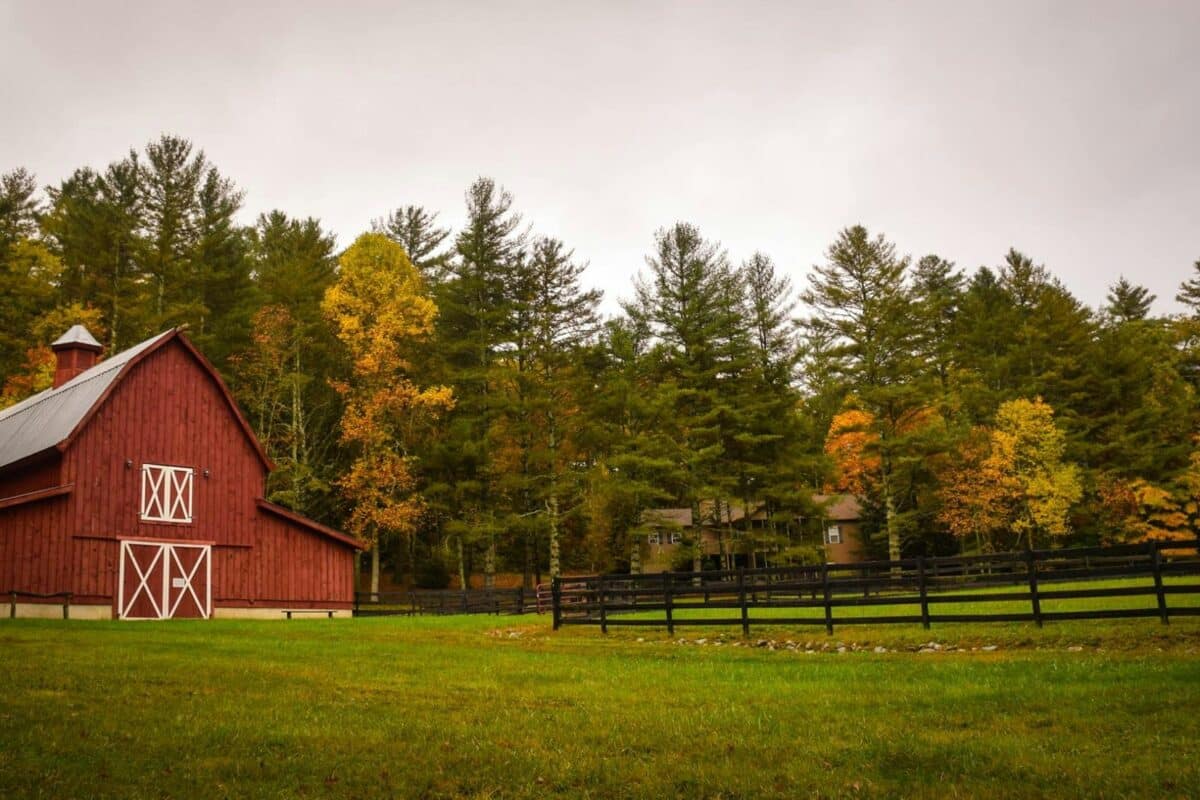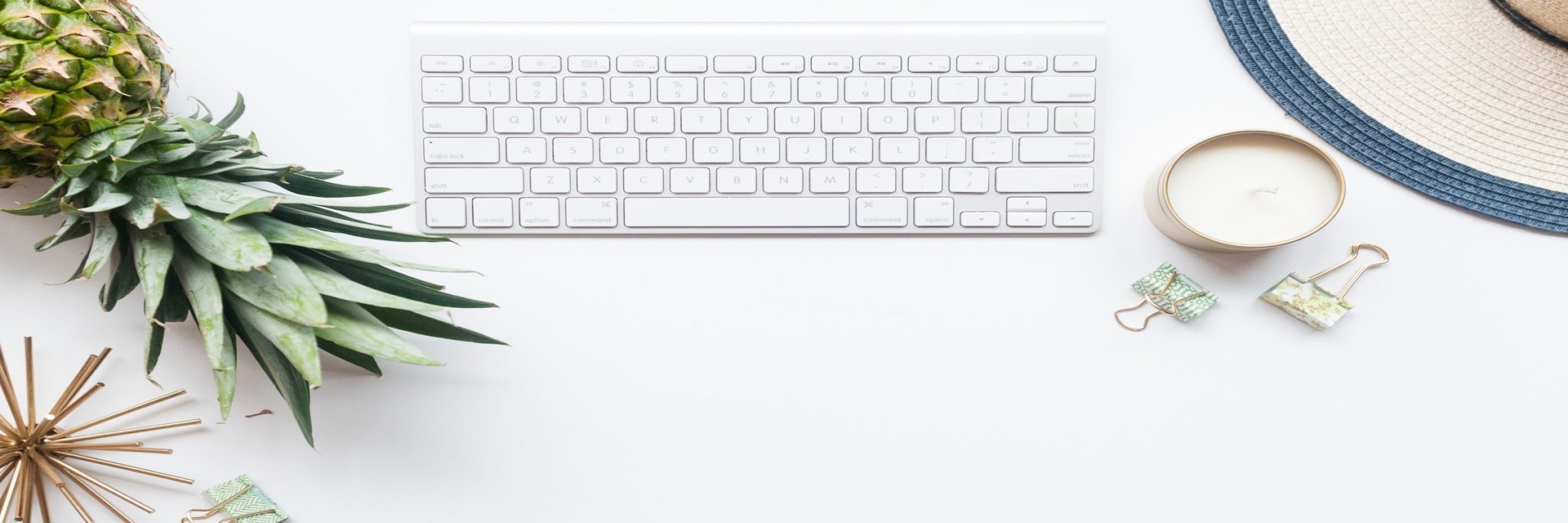 Before following a vegan diet, I suffered from a number of chronic health conditions—constipation, sinus infections, low energy—even long after giving up eating land animals. Instead of energizing me, each meal I ate was enervating. I felt like I needed a nap after every breakfast, lunch, and dinner. Although I initially adopted a vegan diet out of a desire to live as cruelty-free as possible, I must admit that I stick with my vegan food plan because it’s made me healthy. All of my lifelong health concerns are healed.
Before following a vegan diet, I suffered from a number of chronic health conditions—constipation, sinus infections, low energy—even long after giving up eating land animals. Instead of energizing me, each meal I ate was enervating. I felt like I needed a nap after every breakfast, lunch, and dinner. Although I initially adopted a vegan diet out of a desire to live as cruelty-free as possible, I must admit that I stick with my vegan food plan because it’s made me healthy. All of my lifelong health concerns are healed.
It would be difficult for me to continue following a food plan if it didn’t make me feel better physically than my old way of eating. No matter how much I love animals, and how much animal welfare activism I engage in, if a vegan diet offered me no clear benefit, I’d go back to dairy and fish. Compassion opened the vegan door for me; self-interest keeps me in the room.
I’m not one of those vegans who judge how other people eat. Back in my three-lattes-a-day days I would have sooner given up a kidney than given up dairy. Strictly speaking, I do not adhere to a vegan lifestyle. I feed my dog rice and beef (organic, grass fed, free range), I wear leather shoes and silk dresses. My primary goal for my veganism is to avoid supporting factory farming, practice consciousness with regard to food and products, and feel great while doing some good.
The day I became a vegan—December 1, 2010—a good friend who is vegan made two suggestions: (1) watch the trailer for Earthlings; and (2) give up my lattes and Greek yogurt for just one day. That worked for me. And since that time, after tons of travel—a year wandering around India and Bali, a drive across the U.S., weekend getaways, a meditation retreat—as a vegan, I’ve come up with some other suggestions that may help anyone who is considering adopting a vegan food plan:
- Go Nuts (and Seeds). Nuts and seeds are my go-to proteins. 3 oz. of almonds or sunflower seeds provide about 18 grams of protein. Most nuts and seeds need to be soaked and, ideally, sprouted to provide maximum nutrition. I weigh out my three ounces in the evening and soak overnight. In the morning, I rinse before tossing them into my oatmeal, wheat germ, nutritional yeast, and coconut oil concoction.
- Eat Raw. Roasted nuts and seeds are not healthy. Heating them turns their oils rancid. Also, roasted nuts kick off cravings in many people. Buy almonds imported from Italy, because every almond grown in the U.S. is subjected to pasteurization. It’s nearly impossible to find unpasteurized cashews, so avoid them. Most other nuts and seeds simply require 8-12 hours of soaking and a quick rinse prior to eating.
- Go Low Maintenance. If you are not a plan ahead kind of eater, fill your fridge with chia, hemp, and flax seeds, which require no soaking. All three are high in essential fatty acids, and much more efficient than eating salmon for a similar nutritional profile.
- Brazil Nuts Keep You Young. Okay, that might be an exaggeration. But this is a fact: 5-6 Brazil nuts provide 100% of the daily recommended selenium intake. Selenium is one the most powerful antioxidants, and provides anti-aging benefits.
- Hemp Seeds Travel. For me, dining out as a vegan is not an issue because I make sure I bring my protein with me, rather than relying on restaurants to accommodate my limitations. Anyway, I have way more pain-in-the-ass food restrictions than abstaining from animal products. I don’t do sugar, flour, or any processed grains. I don’t do fried or sautéed foods. I don’t eat anything that’s been cooked in oil because most oils turn rancid when heated. But I do like to have a grain, vegetable, fruit, fat, and protein with every meal. So I carry 3 oz. servings of hemp seeds with me at all times. Hemp seeds don’t require soaking. They are a protein powerhouse, containing all 20 essential amino acids, and, as a bonus, almost no carbs. They’re also relatively tasteless, so they go with everything!
- Get to Know your Grains. Quinoa, a superfood that is really a seed but cooks like a grain, contains all essential amino acids and is calcium-rich. Rinse quinoa and soak for 2 hours prior to cooking. Other high protein grains: millet, buckwheat, brown rice, amaranth.
- Don’t Worry About Protein—it’s in virtually EVERYTHING. The number one question all vegans are asked is: How do you get enough protein? I am 5’6″ tall and weigh 124-127 pounds. Without any effort, I get a minimum of 65-70 grams of protein daily, which is more than I need.
- Shake it Up. Phood makes the most delicious vegan protein powder on the market and, to my tastebuds, the most delicious taste sensation of all time. And it contains at least 50% of most vitamins and minerals, enzymes, and probiotics.
- Get a Rise with Nutritional Yeast. There is only one essential nutrient a vegan cannot get from her diet: B-12. Fortunately, there’s a yummy solution: nutritional yeast. It has a slightly nutty flavor and 3 tablespoons provide over 100% of the daily recommended allowance for all B vitamins. Nutritional yeast is available in the bulk bins of natural foods stores.
- Savor Salads (and other veggies). That’s just good advice for everyone. Period. Add 1 TB olive oil and a dash of apple cider vinegar to organic baby kale, spinach, field greens, cucumbers, tomatoes, onions, and sprouts. I grill summer squashes, mushrooms, peppers, tomatoes, and eggplant. For winter squashes, I cut them in half length-wise and roast in about 1/2-inch of water. I eat 24 ounces of veggies daily, which is a lot of food for relatively few calories.
- Spill the Beans. Other vegan proteins: beans and soy products, hummus. Eat balanced meals that include protein, fat, grain, veggies, and a moderate portion of fruit at each meal. Stick to three meals daily. Snacking leads to overeating.



I envy your resolve in being able to travel internationally and stick to a vegan diet. A while back, I spent a few years on a diet that was gluten-free/low sugar because of medical issues. One of my favorite snacks was vegan. I took a jar of natural peanut butter and mixed it with chopped apple. Then, I rolled little balls of the mixture in pecan meal. I wrapped each little ball individually and popped them in the freezer. Voila! A great vegan, grain-free, low-sugar snack to take hiking.
Thanks for all the tips you’ve shared in this article. You make soaking/sprouting sound easy. I always thought it was a big deal.
Kayla, I love your recipe for peanut butter/apple/pecan meal snacks. Sounds yummy.
Sprouting food is super easy. You just need water and a strainer! I take great pleasure in working with my food, watching it literally come alive in my kitchen. I find it soothing—when I’m stressed out, instead of eating (which was my go-to stress buster for years), I prepare food. My weight stays consistent, and I always have something yummy available when meal time comes around.